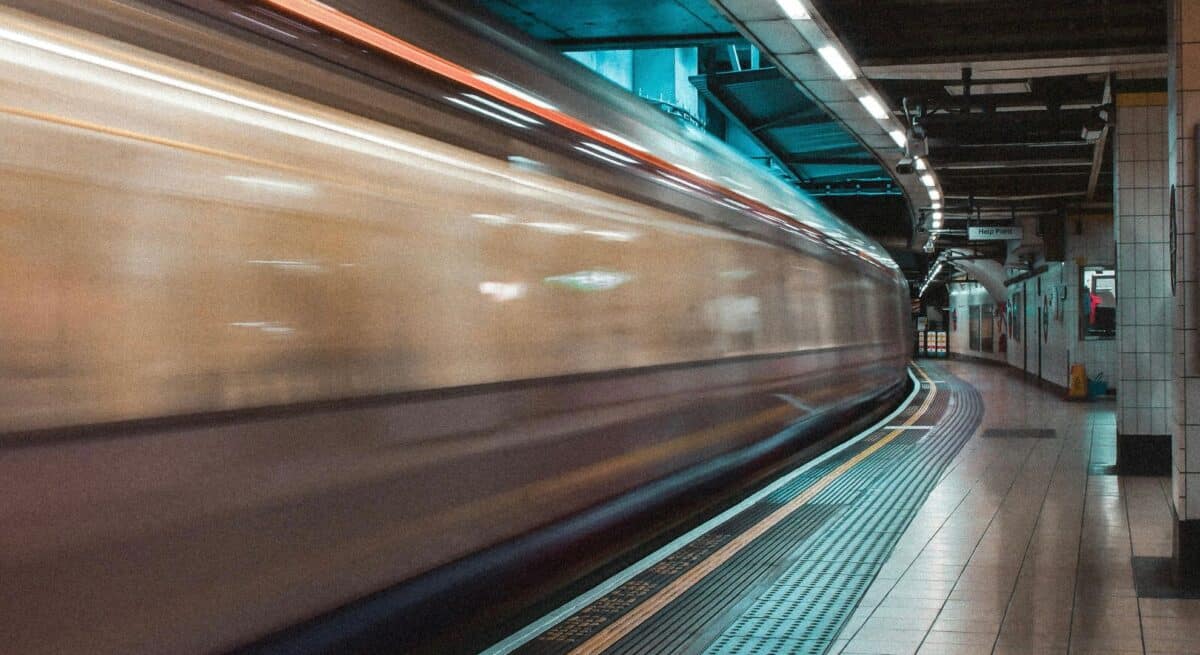Transportation officials in San Francisco took a step towards modernizing the train control system that powers the Muni Metro system, eventually eliminating a system that relies on outdated technology and runs on floppy disks.
San Francisco will join Japan in places that are finally ending its relationship with floppy disks.
Related: Japan government officially bids farewell to floppy disks, marks an end of an era
In order to replace the outdated train control system that was installed in the Market Street subway in 1998, the Municipal Transportation Agency board approved a $212 million (12.3 billion pesos) deal with Hitachi Rail.
Included in the contract is a $700 million (40.7 billion pesos) project to upgrade the control system of the Muni Metro.
The operating software that is used to run the Automatic Train Control System (ATCS) is kept on floppy disks that are being loaded every morning and an obsolete method of communication that uses wire loops that easily break.
Officials in Muni predicted it would last for 20 to 25 years. They claimed that it transfers data more slowly than a wireless modem. The DOS software that manages the system’s core servers is loaded onto three floppy disks.

During the 1980s and 1990s, IBM personal computers were powered by DOS or disk operating system. However, its demise was caused by the growing popularity of Windows and other graphical user interfaces.
Michael Roccaforte, a spokesperson for the San Francisco Municipal Transportation Agency (SFMTA) told Ars Technica, “When a train enters the subway, its onboard computer connects to the train control system to run the train in automatic mode, where the trains drive themselves while the operators supervise.”
“When they exit the subway, they disconnect from the ATCS and return to manual operation on the street,” he added.
As part of the arrangement, Hitachi will install a new communications-based system by late 2027 or early 2028 that uses cell signals and Wi-Fi to accurately track train locations. The technology will be supported for 20 years.
With the new technology, Metro light rail trains on the system’s surface lines will also be controlled, since the existing train control system only works on the Market Street and Central subways.
Other POP! stories you might like:
Visitors express diappointment with ‘ugly’ coin tossing pool that ‘replaced’ Trevi fountain
HYBE hints at BTS’ delayed return, says comeback plans in 2026 still in the works
Researchers uncover ‘lost’ Mayan megacity with hidden pyramids through use of laser
Sophie Turner gets candid about the process of ‘incredibly sad’ divorce from Joe Jonas
BLACKPINK’s Rosé gets candid on toxic relationships, sparks reactions from fans

